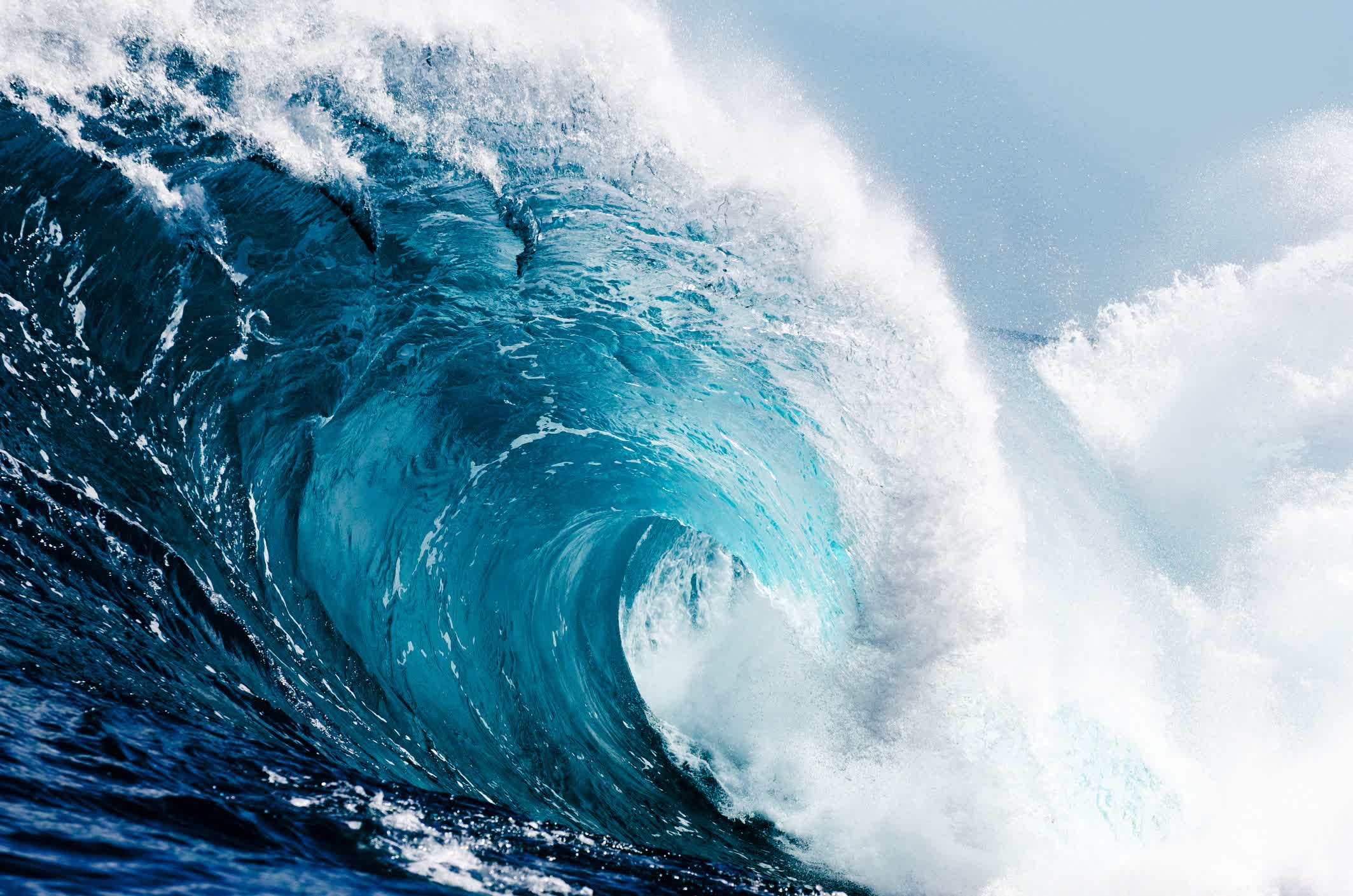What just happened? Researchers are coining novel solutions to the increasingly urgent problem of greenhouse gases. The end goal is to remove as much carbon dioxide from the atmosphere as possible at an accelerated pace, and we could achieve it more efficiently by using a seawater-based technology called SeaChange.

Developed by the University of California Los Angeles engineering faculty, SeaChange takes advantage of the fact that seawater can absorb 150 times more carbon dioxide per unit volume than air. Ocean water has already helped the planet absorb 30 percent of greenhouse gases emitted since the Industrial Revolution, working as a natural "carbon sink" and protecting the ecosystem from the effects of early climate change.
While seawater is more efficient than air in absorbing emissions, a carbon-rich ocean becomes more acidic with dire consequences to coral reefs and marine life. SeaChange is designed to mitigate acidification, while exploiting the ocean's natural abilities to absorb emissions.
UCLA researchers have built a floating laboratory on a barge moored at the Port of Los Angeles and installed seawater-filtering tanks on it. An electrical charge is applied to the flowing water, inducing a series of chemical reactions which ultimately trap carbon dioxide into a calcium carbonate-based mineral. The mineral-rich seawater is then returned to the ocean, where it can help capture more carbon dioxide from air while calcium carbonate sinks to the seafloor.

The scientists are planning another demonstration of SeaChange's capabilities with a new site in Singapore, while data collected from the two experimental sites will be used to design larger test labs by 2025. The UCLA team wants to test SeaChange's ability to remove thousands of tons of CO2 per year, eventually turning the technology into a commercial venture for absorbing millions of tons of CO2 annually.
In addition to trapping carbon dioxide, the technology can also produce hydrogen. SeaChange needs 220 metric tons of water to remove a metric ton of CO2 from the atmosphere, the scientists estimate, which in turn produces 35 kgs of hydrogen. A commercial version of the technology could sell the hydrogen or even carbon credits to polluting companies.
The UCLA team estimates that 1,800 industrial-scale SeaChange facilities could capture 10 billion tons of atmospheric carbon dioxide per year, which is the baseline target set for 2050 to avoid the most catastrophic effects of human-induced climate change. The SeaChange project was funded with tens of millions of dollars by the Chan Zuckerberg Initiative, the U.S. Department of Energy and other organizations, and it's just one of the many ideas scientists are testing to use the ocean's depths as a natural carbon sink for our greenhouse emissions.